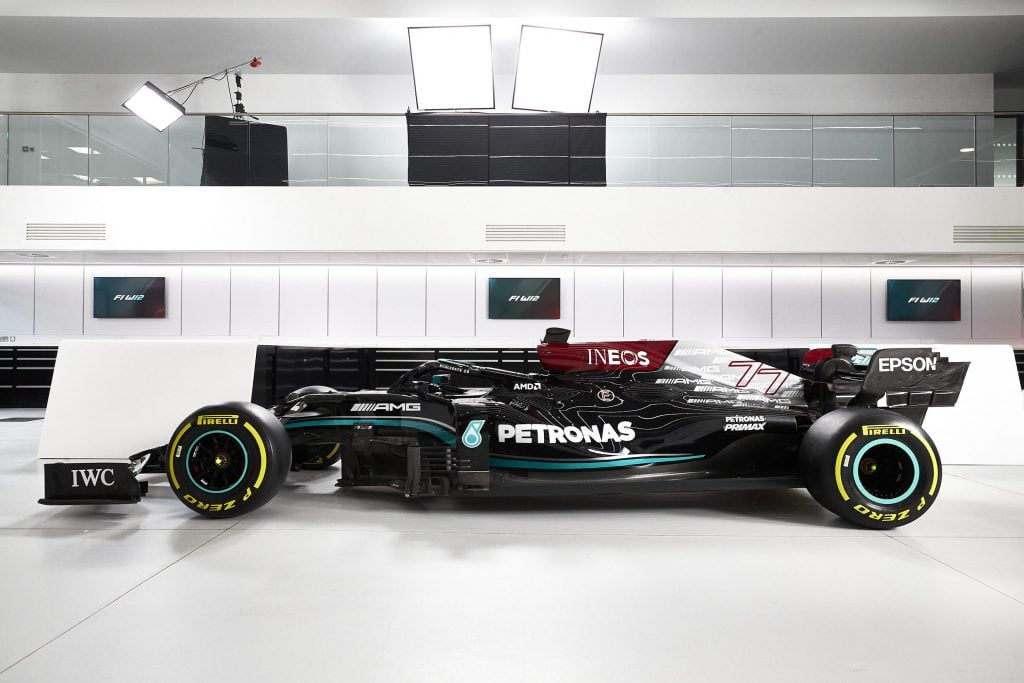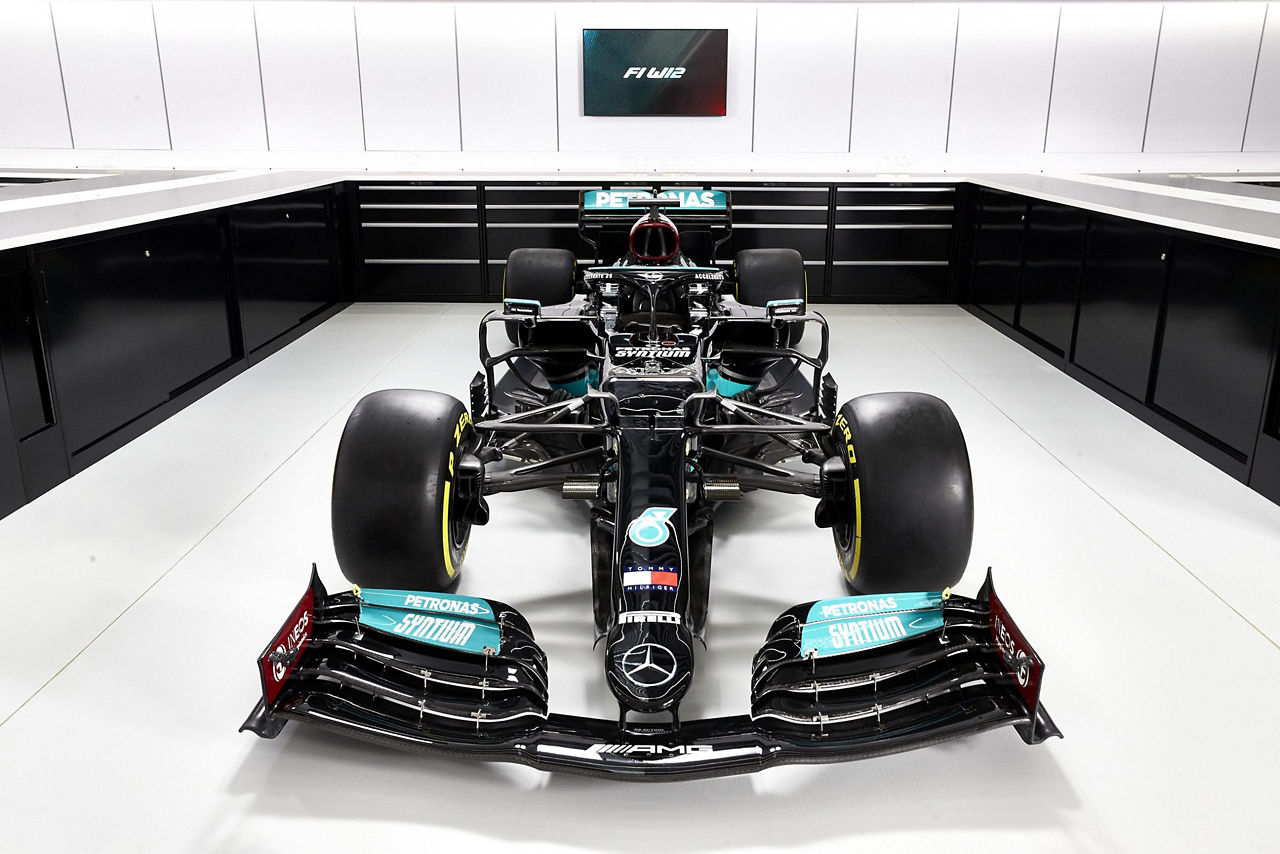Complacency kills competitive advantage. That’s true for every business I can think of. Calculated and inspired risk taking, coupled with an insatiable desire to succeed, is often the winning strategy. Mercedes-AMG F1 W12 E Performance Launch
Whether it’s competing at the pinnacle of motorsports or defending against the most sophisticated cyberattacks, the resolve and cultural mindset to win sometimes relies on the most subtle of strategies.
The secret to achieving extraordinary outcomes is often far from obvious, and as a result, almost always impossible to copy. Yet that’s the true nature of competitive advantage, and as we proudly protect the Mercedes-AMG Petronas Formula 1 team around the world in 2021, we wish them every success for the coming Formula 1 season.
Mercedes-AMG F1 W12 E Performance Launch
Whether it’s competing at the pinnacle of motorsports or defending against the most sophisticated cyberattacks, the resolve and cultural mindset to win sometimes relies on the most subtle of strategies.
The secret to achieving extraordinary outcomes is often far from obvious, and as a result, almost always impossible to copy. Yet that’s the true nature of competitive advantage, and as we proudly protect the Mercedes-AMG Petronas Formula 1 team around the world in 2021, we wish them every success for the coming Formula 1 season.
We saw this beautifully illustrated last year at the testing of the Mercedes-AMG Petronas F1 race car design known as F1 W11 EQ Performance, which highlighted an innovation called Dual Axis Steering (DAS). It was a technical marvel that grabbed headlines and the attention of motorsport fans around the world. By pushing or pulling the steering wheel, the driver could change the wheel alignment (toe) of the front wheels. The speculation was that such a system improved performance and reduced tire wear, delivering a significant competitive advantage.
It was a big deal in the racing world, without question. But here’s the counterintuitive part: Big changes don’t necessarily help you win successive championships.
Consider a previous car design, the Mercedes-AMG F1 W07 in 2016, which was arguably the world’s most successful Formula 1 car of all time. This is a car that achieved 21 race starts, 19 wins and 20 pole positions: an impressive record. Incredibly, it came in a season that saw no major breakthrough innovations and where the regulations — always a major factor in car design — stayed much the same from the previous year. Yet the team notched up 35 front-row starts, 9 fastest laps and 33 podium appearances. This car’s record has never been surpassed.
What made the F1 W07 a standout was attention to the details. It was a car that continued to follow the design philosophy of its immediate predecessor (the W06): to pursue a multitude of minor improvements in every area of the car.
As the now undisputed G.O.A.T. (greatest of all time) Formula 1 driver Lewis Hamilton once remarked at a CrowdStrike event, “It’s the small decisions in your life that cumulatively lead to big outcomes.”
At CrowdStrike, we find that to compete against the world’s most talented and tenacious adversaries, we need to constantly strive to out-think and out-innovate them. Innovations big and small — from those built into our prevention stack that block threats you never see, to the Zero Trust modules that protect you from adversaries even if they manage to obtain valid credentials — have collectively contributed to one overarching goal: to triumph over those that would do our customers harm.
Today Mercedes F1 revealed its latest car design, the Mercedes-AMG F1 W12 E Performance, for the 2021 season. Much like in 2016, there have been comparatively few changes to technical regulations, and again we see the emergence of a new car where an array of seemingly small enhancements should deliver a car with the ability to outpace its rivals.
 Mercedes-AMG F1 W12 E Performance Launch
Mercedes-AMG F1 W12 E Performance LaunchFor more information, please visit: www.crowdstrike.com/f1.
Additional Resources
- Watch this video to hear seven-time FIA Formula OneTM World Champion Driver Lewis Hamilton and George Kurtz, CEO and Co-Founder of CrowdStrike, discuss their formula for success.
- Look at interesting parallels between Formula 1 racing and information security in this blog.
- Check out the Global Threat Report resource hub to learn more about today’s adversaries.
- See how true next-gen AV performs against today’s most sophisticated threats — start your free trial of CrowdStrike Falcon® Prevent™.





![Helping Non-Security Stakeholders Understand ATT&CK in 10 Minutes or Less [VIDEO]](https://assets.crowdstrike.com/is/image/crowdstrikeinc/video-ATTCK2-1)
![Qatar’s Commercial Bank Chooses CrowdStrike Falcon®: A Partnership Based on Trust [VIDEO]](https://assets.crowdstrike.com/is/image/crowdstrikeinc/Edward-Gonam-Qatar-Blog2-1)













































